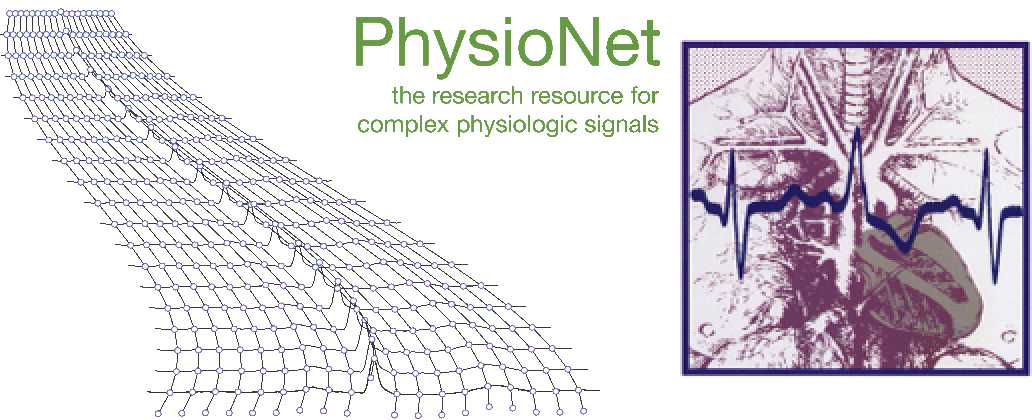- Registration form
- Example MATLAB and Python submissions and scoring code
- Submission instructions and form
- Leaderboard, results, and papers
- Public discussion forum
- Rules and deadlines
- Current and general FAQs
- About
Session S91.2
Predicting Termination of Atrial Fibrillation with Time-Frequency Information
F Nilsson, M Stridh, A Bollmann, L Sörnmo
Lund University, Lund, Sweden
By recognizing and characterizing conditions under which atrial fibrillation is likely to terminate spontaneously or be sustained, improved treatment of sustained atrial fibrillation may result.
Our approach to predict termination is based on parameters derived from the time-frequency distribution of the residual ECG signal, obtained by using spatiotemporal cancellation of QRST complexes. The logarithmically scaled short-time frequency distribution of the atrial fibrillatory activity is then calculated using a non- uniform, short-time Fourier transform. The short-time frequency spectrum can be modeled as a frequency-shifted and amplitude-scaled version of a given spectral profile. Least squares estimation is employed to determine the frequency shift and amplitude scaling. The spectral profile is updated through exponential averaging of the short time frequency distributions. Parameters characterizing the atrial fibrillation, such as fundamental frequency, amplitude and shape of the fibrillation waves, are then extracted from the spectral profile. The shape of the spectral profile is used to distinguish atrial fibrillatory activity from sinus rhythm and noise; occasional episodes of sinus rhythm and noise can therefore be excluded from the analysis.
Classification of the ECG signals into immediately terminating, soon-terminating and non-terminating atrial fibrillation is performed by employing a decision tree technique taking atrial parameters, certain ventricular rhythm parameters, and the number of ectopic beats into account. Decision thresholds of the parameters are set by the ECG recordings of the learning set which consists of atrial fibrillation with known termination properties; the data set is provided by the PhysioNet/Computers in Cardiology challenge.
This algorithm correctly classified 28 of the 30 ECGs of the learning set into non-terminating/terminating atrial fibrillation. The corresponding result of the test set was 26 of 30.
Supported by the National Institute of Biomedical Imaging and Bioengineering (NIBIB) under NIH grant number R01EB030362.
© PhysioNet Challenges. Website content licensed under the Creative Commons Attribution 4.0 International Public License.
